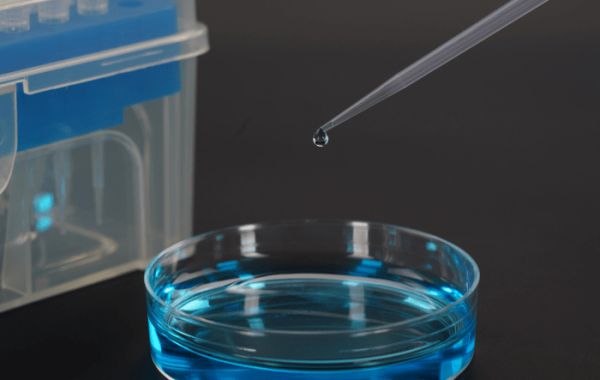Comprehending the appropriate disposal of pipette tips is essential for safeguarding the environment, public health, and laboratory safety. It ensures that regulations are followed and promotes ethical laboratory practices. By appropriately disposing of hazardous waste, we can lower the risks and encourage a scientific community that is more accountable and sustainable. Pipette tips need to be disposed of appropriately, depending on the type of liquid they were used with. Here are the general guidelines for safe disposal:
Non-hazardous Pipette Tips
- Collect in a puncture-proof container: Gather non-hazardous pipette tips in a rigid, piercing-proof container such as a glass, cardboard, plastic, or metal box.
- Label the container clearly: Make sure the container is clearly labeled as "Non-hazardous Pipette Tips" to prevent accidental contact with hazardous waste.
- Dispose of in-general waste: Following your organization's policies, dispose of the filled container in the general waste stream, making sure it is securely sealed.
Hazardous Pipette Tips
- Segregate hazardous tips: Pipette tips should be kept apart if they have come into contact with radioactive, infectious, or chemically hazardous liquids.
- Use a biohazard sharps container: Place tips of potentially harmful pipettes in a biohazard sharps container—a device designed specifically to contain sharp objects safely.
- Label the sharps container clearly: Ensure that the words "Hazardous Pipette Tips" and any additional labels about the tips—such as "Infectious," "Radioactive," or "Chemically Hazardous"—are prominently displayed on the sharps container.
- Dispose of according to hazardous waste protocols: Use the hazardous waste disposal procedures established by your institution to get rid of the sealed sharps container. This might mean contacting hazardous waste management personnel or using facilities authorized for the disposal of hazardous waste.
General Safety Precautions
- Wear appropriate PPE: It is essential to wear safety glasses, a lab coat, and gloves when handling pipette tips, especially those that present a risk.
- Handle chemicals with caution: Use the appropriate personal protective equipment and follow established chemical handling protocols when handling hazardous materials.
- Avoid direct contact: Reusable pipette tips should be avoided, particularly if they have come into contact with anything hazardous.
- Follow institutional guidelines: Consistently adhere to the specific guidelines your institution provides for handling hazardous waste and getting rid of pipette tips.







